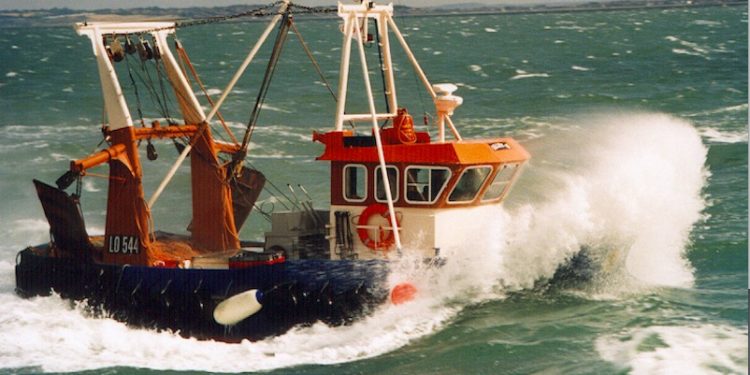Speaking at a Pew-organised event examining overfishing in EU waters, Europêche president Javier Garat has warned that the European fishing industry is facing a combination of challenges that amount to a perfect storm.
He listed the ambitious and rigid objectives under the Common Fisheries Policy to achieve Maximum Sustainable Yield by 2020, the implementation of the landing obligation and the uncertainty around the UK’s departure from the European Union.
During his speech, he examined the progress made in improving the state of fish stocks and stressed that this is not a coincidence or a fortunate accident, but the result of the many efforts made by the fishing sector, which has respected stringent TACs and suffered both an immense reduction in the number of fishing vessels and a severe loss of employment.
‘The fishing sector agrees with the European Commission on the need to achieve the maximum number of stocks at MSY levels as soon as possible, but not at any cost and without taking socio-economic factors into consideration. Even NGOs are aware of the impossibility of reaching MSY levels for all stocks simultaneously,’ he told the meeting in Brussels.
The European fishing sector considers that the EU should set TACs for every stock in accordance with the best possible scenario to guarantee a sustainable fishing activity from an environmental point of view, but without forgetting the social and economic aspects. This approach will allow the CFP’s objectives to be achieved progressively, and in a reasonable period of time.
Javier Garat reminded the meeting that, as confirmed by ICES data, more and more stocks are fished at MSY levels; from only five in 2009 to 53 in 2018 in the North East Atlantic.
However, he added that despite the fact that the available data have increased substantially, insufficient data is available for around 45% of the stocks, so it is necessary to improve the process of gathering information and processing the data by scientists.
‘Thanks to ICES we have a better idea of the status of fish stocks. In fact, since 1980 their scientific evaluations have covered 90% of the total catches in the Northeast Atlantic, where only four of these species (herring, cod, mackerel and capelin) represent more than 50% of the catches (by weight), while 14 species and 50 species constitute 80% and 95% of the historical catches respectively,’ he said.
‘Faced with this reality, the fishing sector considers it more realistic to focus the efforts on achieving MSY levels by 2020 for the main target species, instead of trying to cover all the stocks in such a tight time frame. It must be born in mind that in order to have all the stocks at MSY levels, this would still require MSY scientific assessments which, as highlighted before, are not available yet due to the lack of resources and data.’
As a final positive note, a representative from the European Commission highlighted that 97% of the landings coming from stocks managed by the European Union alone in the North East Atlantic are already fulfilling the MSY objective.









